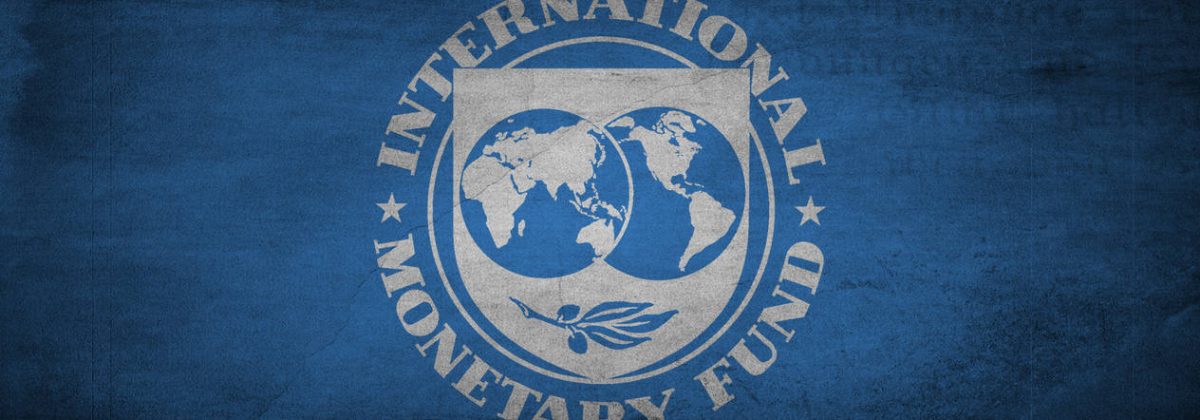What Does IMF’s Special Drawing Rights Mean?

Special Drawing Rights are a type of international monetary reserve currency that was created by the International Monetary Fund (IMF) in 1969 to act as a supplement to the monetary reserves of member nations. It was introduced as a response to the growing concerns about limitations of the US dollar and gold as the only means of settling international account balances. SDRs help increase international liquidity by supporting the standard reserve currencies.
SDRs are allocated to member states, backed by their credit and complete faith. They have brought about several changes in the sphere of currency exchange, since inception. The structure of SDRs is reviewed and modified accordingly every five years.
How is SDR Used for Settling Claims?
Special Drawing Rights isn’t considered as a currency or a claim against IMF assets. Instead, it is a form of prospective claim against the currencies that are under free use by the IMF member countries. The Articles of Agreement by the IMF describe a freely usable currency as one that is widely used in making international transactions and frequently traded in the forex markets.
So, IMF member countries that hold SDRs can swap them for freely usable currencies. This can be done in either of the two ways:
- SDRs can be exchanged between nations by mutual agreement.
- The IMF instructs countries with larger foreign currency reserves or stronger economies to buy SDRs from comparatively weaker members.
Member nations can borrow SDRs from the reserves at suitable interest rates, in order to adjust the balance of payments to reach favourable positions.
Calculating SDR
Apart from its role as a secondary reserve asset, SDRs are also a unit of account for the IMF. Initially, the SDR was defined as equivalent to 0.888671 grams of fine gold. This was equal to US$1 at that time. But after the Bretton Woods system collapsed, the shift was made to a group of currencies.
The value of SDR is still defined in US dollars, although it is now computed using major currencies, including the Chinese yuan, euro, Japanese yen and pound sterling. These are also termed as “basket” currencies. The basket is reviewed every five years, to ensure that SDR is an accurate representation of the relative importance of currencies in the global financial and trading systems.
The number of units of each currency (weights) involved in the SDR calculation remains constant during the 5-year period, but the actual rates of individual currencies fluctuate as the exchange rates between the basket currencies change.
In the last review, conducted in 2015, the IMF decided that the Chinese renminbi (RMB) could be included in the basket. Effective as of October 1, 2016, the RMB joined the US dollar, Japanese yen, British pound sterling and euro in the group.
What is SDRi?
The SDR interest rate or the SDRi is what member nations are charged when they borrow from the IMF and it is the interest paid to countries for their creditor positions. It also represents the interest rate that is paid to members on their SDR holdings and that which is charged on their SDR allocation.
SDRi is calculated on a weekly basis, using a weighted average of the representative interest rates on short-term debt instruments in the currency markets of the basket currencies. The SDRi is then posted on the IMF website.
Potential Benefits of SDRs Replacing the US Dollar
It is still unclear whether the Special Drawing Rights (SDR) based system can actually replace the internationally prevalent dollar-based system in the coming years. But, if it does happen, there are a number of benefits that will arise out of such a development.
1. Reduced Dependence on the United States
The first and most important thing to occur would be that countries would not have to rely on the US dollar to trade with each other. This will remove the ongoing privileges that the US enjoys from being the centre of all financial activity.
2. Greater Stability
When essential commodities, such as oil, gold and food grains, are no longer traded exclusively in USD, the US government will not be able to influence their prices by increasing or decreasing the money supply of dollars. So, a weighted average of several currencies would lead to greater stability in the system.
3. A Solution to Balance of Payment Issues
If the world shifts from a dollar-based system to an SDR-based one, it would help to resolve a number of balance of payment issues that are faced by various countries. While the United States is at a perpetual trade deficit with countries like China, such deficits can be dealt with it because the world needs the USD for its daily trading activities. But if the world shifts away from the dollar system, the United States would lose this advantage.
Potential Losses from SDRs Replacing the US Dollar
The attempt to bring in an SDR-based system to replace of the US dollar system can also lead to a number of problems, such as:
1. Management Issues
Special Drawing Rights are an abstract concept and based on a weighted average system. They are not actual currency that can be physically used. So, SDRs will be very difficult to manage and implement properly, if they are applied at the microeconomic level.
2. Decisions Would Become Administrative
In case SDRs become the global reserve currency, the IMF would automatically become responsible for regulating money supply. And, since SDRs would not have an independent, open market, the decisions about whether money supply is to be contracted or expanded would become administrative in nature.
Since all other economic parameters are very sensitive to changes in money supply, it would become a dangerous situation for the world markets.
3. No Backing from Commodities
A currency becomes stable when it has the backing of a tangible commodity, such as gold. So, replacement of USD with SDRs would mean replacing an unstable system with another comparatively less unstable one.
So, while SDRs have become an integral part of the global financial system, there is still a long way to go before it becomes a viable reserve currency that can replace the US dollar.




